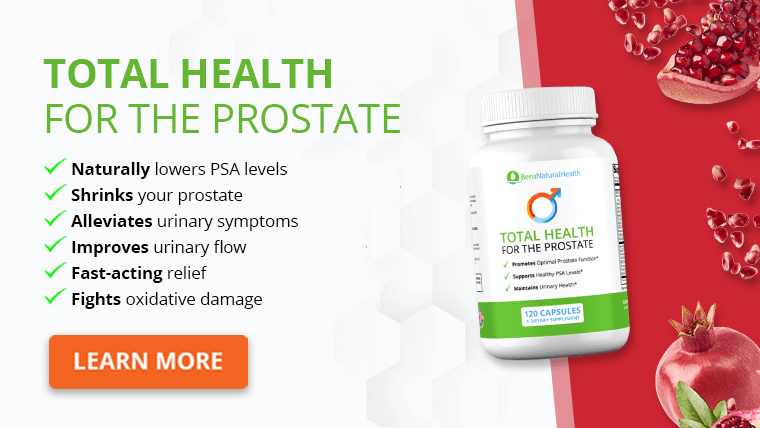- 8 Quercetin-Rich Foods
- 1) Onions (39 mg per 100 g)
- 2) Capers (365 mg per 100 g)
- 3) Blueberries (14 mg per 100 g)
- 4) Apples (5 mg per 100 g)
- 5) Green Tea (3 mg per 100 mL)
- 6) Broccoli (3 mg per 100 g)
- 7) Peppers (7 mg per 100 g)
- 8) Grapes (3 mg per 100 g)
- How Do I Get Enough Quercetin From Food?
- Conclusion
- Source
Quercetin is a natural pigment you can find in fruits and vegetables.
It is a plant flavonol, which is part of the polyphenol group.
Now, this sounds like a lot, but in simpler terms, quercetin is a natural antioxidant.
Antioxidants are molecules that help reduce free radicals.
Too many free radicals lead to oxidative stress, which can lead to cellular damage, increased inflammation, and a higher risk of chronic illnesses.
The potential benefits of quercetin include:
- Enhanced immune function
- Reduced inflammation
- Supports healthy blood pressure and heart health
- Reduces the risk of type 2 diabetes
The amount of daily quercetin solely relies on how many fruits and vegetables you consume.
If you have a low intake, you’ll probably have a low quercetin intake.
But how much do you need? The problem is that currently, there is no known recommended intake for quercetin.
While there is a dosage for quercetin supplementation (500-1000 mg), more research is still needed to determine an effective dose through food.
Get Your FREE PSA Lowering Diet Plan!
- Naturally lower PSA levels
- Reduce nighttime trips to the bathroom
- Enjoy better bladder control and urine flow
8 Quercetin-Rich Foods
You can find quercetin in several foods, but which foods have the highest quercetin content?
Here is a list of the best foods high in quercetin. Keep in mind that the quercetin content might vary depending on the crops.
1) Onions (39 mg per 100 g)
While all onions have quercetin, the stronger the color, the more quercetin it seems to have.
To get the most out of them, make sure you peel as little as possible of the skin (here is where the nutrients are the most concentrated).
Red onions seem to have the most concentrated quercetin content, followed by pink and yellow onions.
2) Capers (365 mg per 100 g)
Capers are one of the richest foods of quercetin. Additionally, they are also high in nutrients such as iron and calcium.
There are different ways for you to enjoy capers. But my favorite way is to mix them with a nice juicy salmon steak. Add some broccoli and bell peppers, and you have a quercetin party.
3) Blueberries (14 mg per 100 g)
When it comes to antioxidants, blueberries are the king of antioxidants, not only due to their high quercetin content but also from other polyphenols called anthocyanins.
If you are not so keen on blueberries, other berries, such as cranberries and raspberries, are also high in quercetin.
4) Apples (5 mg per 100 g)
Besides being a healthy snack option, apples are high in quercetin. They are also high in fiber, promoting good digestion and heart health thanks to their possible effect on lowering cholesterol levels.
5) Green Tea (3 mg per 100 mL)
Besides being high in quercetin, green tea is also high in an antioxidant called EGCG. These catechins can help reduce inflammation and improve overall wellness.
So, why not enjoy a hot cup of green tea every day to get an antioxidant boost?
6) Broccoli (3 mg per 100 g)
One of the other benefits of broccoli is its high vitamin C content. This powerful vitamin can help reduce inflammation (since it’s an antioxidant), help promote collagen formation, and boost immune function.
7) Peppers (7 mg per 100 g)
High in vitamin A, peppers are a powerhouse in quercetin and vitamin C. Each colored bell pepper contains different nutrients, so instead of focusing solely on one type, get as much variety as possible.
8) Grapes (3 mg per 100 g)
Finally, grapes are the last food high in quercetin. It seems that the Airen grapes (green grapes) contain the highest amount of quercetin present.

How Do I Get Enough Quercetin From Food?
To get enough quercetin in your diet, make sure you strive to eat at least 3-4 high quercetin sources daily. Get as much variety as possible to get different nutrients.
For example, instead of having onions, capers, and apples every day, try the following day to add peppers, broccoli, and grapes.
Now, keep in mind that just like any other nutrient, while food might be high in quercetin, it doesn’t mean that the body will absorb it entirely.
In fact, research shows that only 25% of the quercetin in food is absorbed.
Additionally, some sources are better absorbed than others. And it seems that quercetin is not as soluble in cold water as it is in hot water. So, depending on how you prepare the foods, it can affect the bioavailability of quercetin.
Conclusion
Adding high-quercetin foods to your diet can bring several possible health benefits, such as reduced inflammation, a decreased risk of chronic illnesses, and enhanced immune function.
While it is possible to get a high consumption of quercetin, it relies on a high fruit and vegetable intake (which most people don’t seem to have).
Try adding high-quercetin foods to your diet, like onions, capers, blueberries, apples, green tea, broccoli, peppers, and grapes. Instead of focusing only on one, add different foods to get a wide range of nutrients.
Explore More








